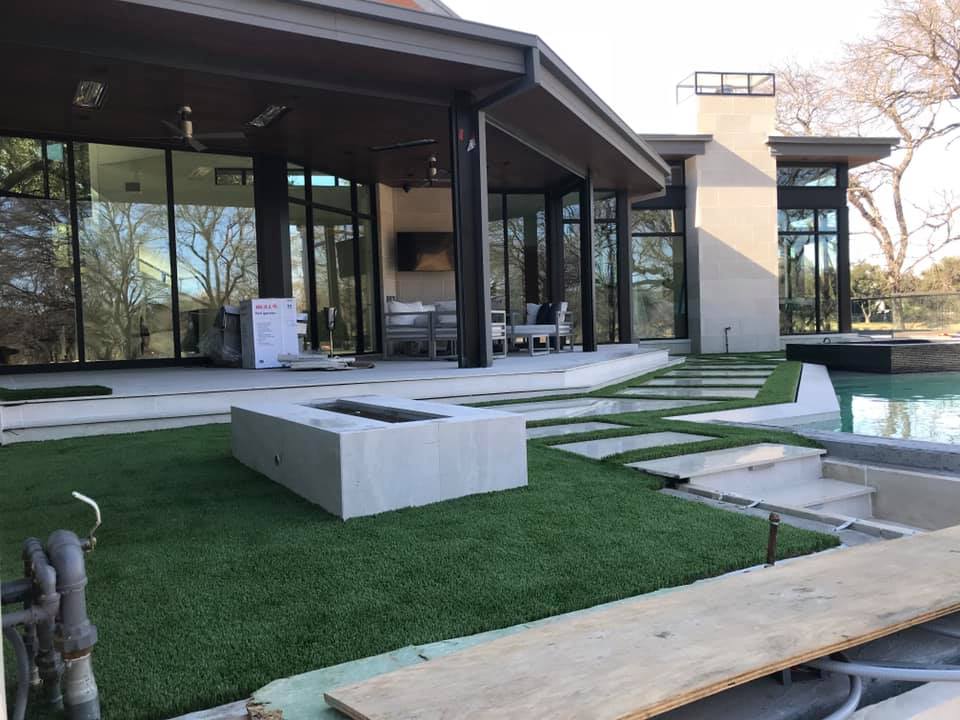4 factors That Determine the Longevity of Synthetic Grass
You might have wondered why your neighbor’s turf is evergreen despite the seasons. After all, it’s neat, requires little maintenance, and is aesthetically pleasing. When you inquire, you are made aware that it is artificial grass. Immediately, you are sold. But before you decide to install artificial grass in your yard, here are four factors that will determine the longevity of synthetic grass.

Installation
There are several steps in a typical artificial turf installation. Excavation of the existing ground, preparation and compacting of the base, fitment, and tucking of the grass, and finally the addition of infill make up the majority of the steps in a typical installation. The final product will be substantially sound over time if the installation is of high quality, and the base is properly compacted. A quality installation should strive to offer both long-term durability and appropriate drainage to prolong the life of your grass.
Grass Usage
The amount of footpath activity, stress, dirt, and pet messes will vary greatly between different families. In general, a product’s lifespan decreases as it is used more frequently. You can anticipate increased use of your yard if you decide to develop a play area for your kids. On the other side, your artificial grass may be situated in an area with little or no human traffic or near concrete footpaths. In these circumstances, reduced wear and tear can be anticipated, which will increase longevity. The purpose of the grass should undoubtedly be taken into account when estimating the lifespan of your artificial lawn.
Proper Maintenance
You can say goodbye to mowing, fertilizing, re-sodding, and other tiresome activities that go along with maintaining a natural grass lawn as soon as your synthetic grass is placed. This does not imply that there is no upkeep necessary! To keep the grass looking new and healthy, there are a few basic actions you should integrate into your maintenance routine. To assist the grass fibers to regain their normal shape, use a basic lawn brush to fluff them up once more. Additionally, you want to keep your lawn’s surface clean of trash, pet waste, and food stains.
Material Quality
The life cycle of the lawn is influenced by the materials’ quality as well as their unique characteristics. Different polymers make up contemporary synthetic grass, giving it its resilience and structure. For instance, the grass blades may be constructed of nylon, polypropylene, or polyethylene. Synthetic plastics (such as nylon or polypropylene) are used to make artificial grass, and they are strong and resilient. Both Texas’s stifling summer heat and its harshest, snowiest winters are very resistant to these materials. Make sure you buy the best products possible if you intend to prolong the life of the artificial turf you buy.
Quick Tips For Maintaining Your Artificial Turf
- Create a maintenance routine
- Avoid burns
- Use the right infill
So, what is the longevity of synthetic grass? The best answer is “it depends.” If you adopt the tips in this article, you can be sure that it will last longer than anticipated. If you are interested in installing artificial turf in your home, contact the team at North Texas Luxury Lawns (contact us) to get started. You can also check out our gallery for inspiration.

